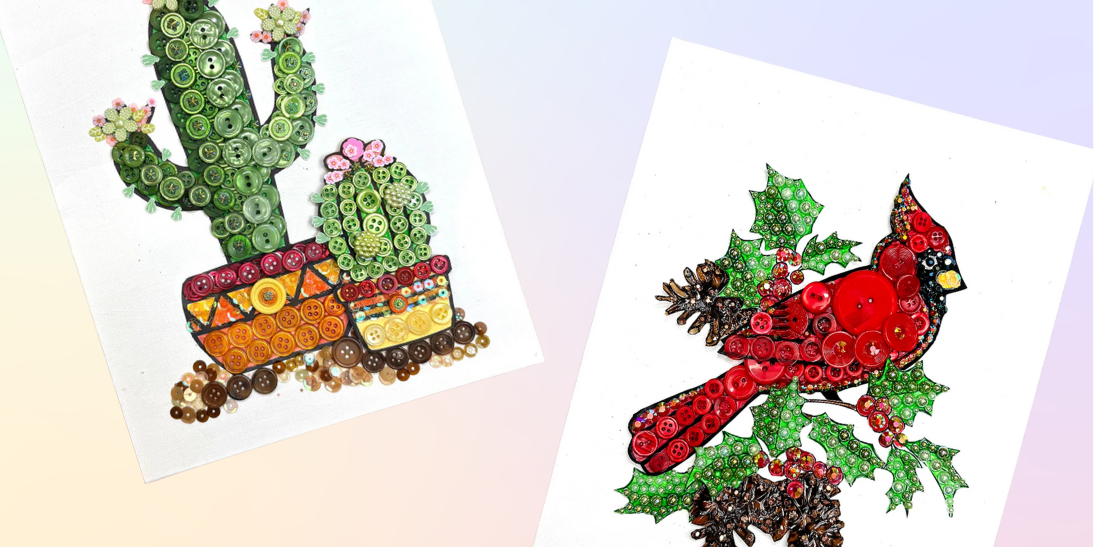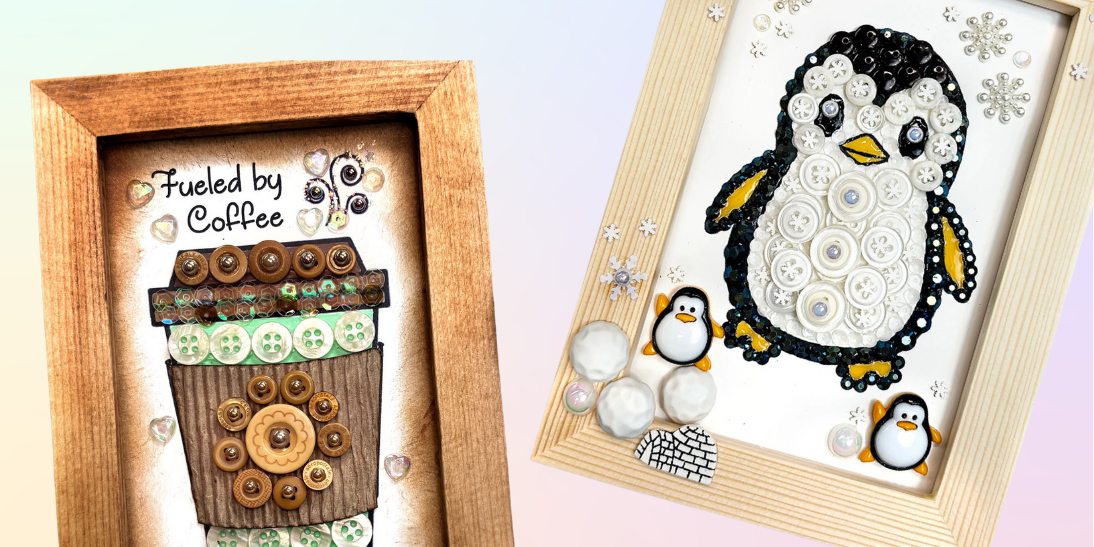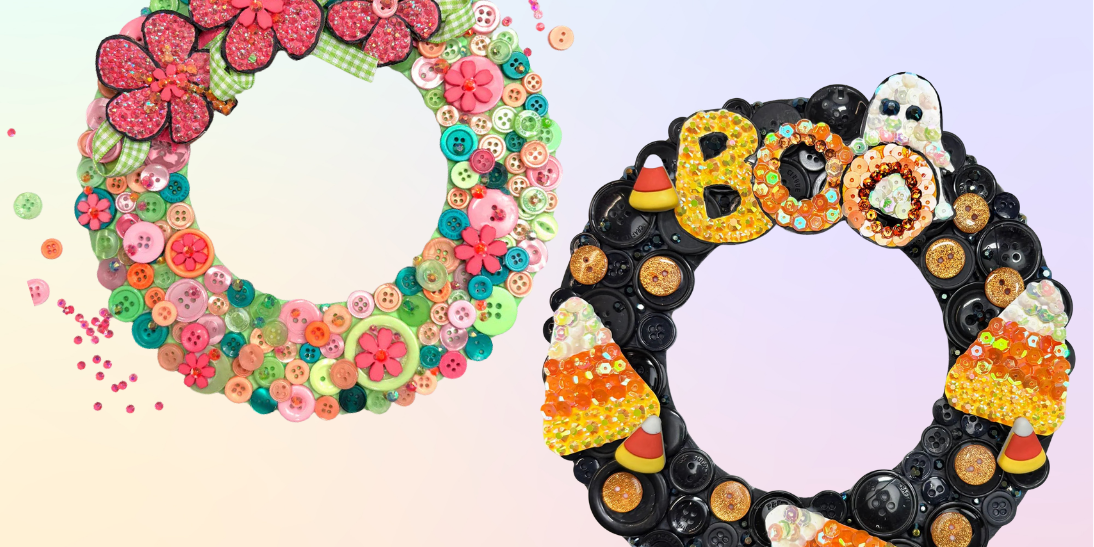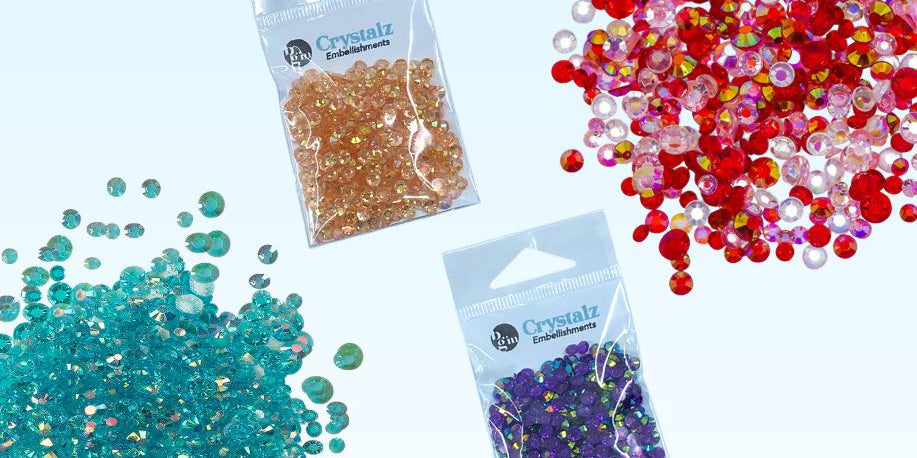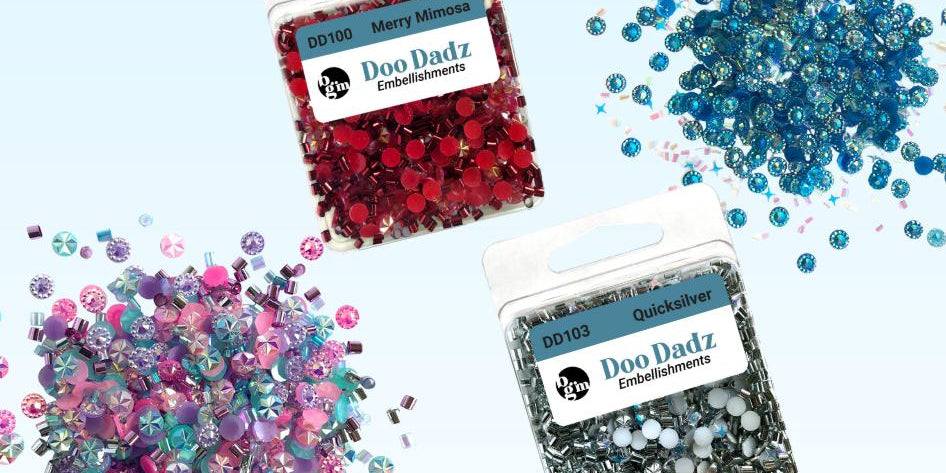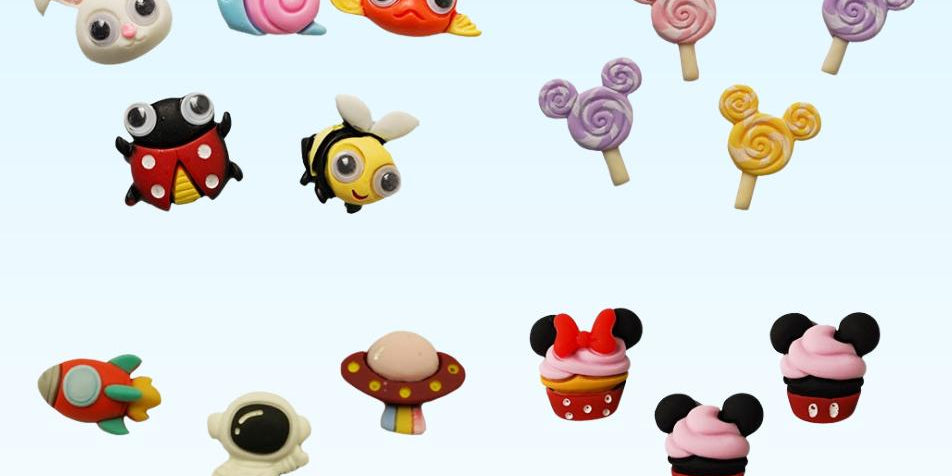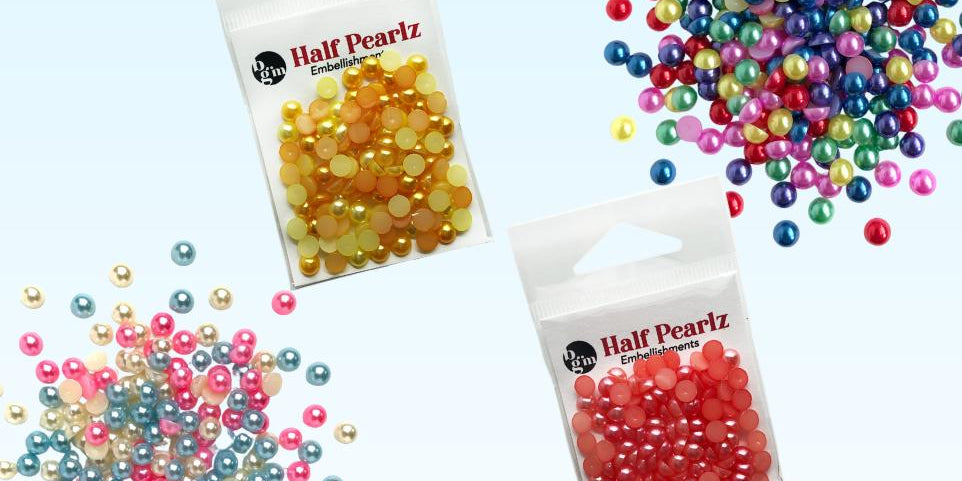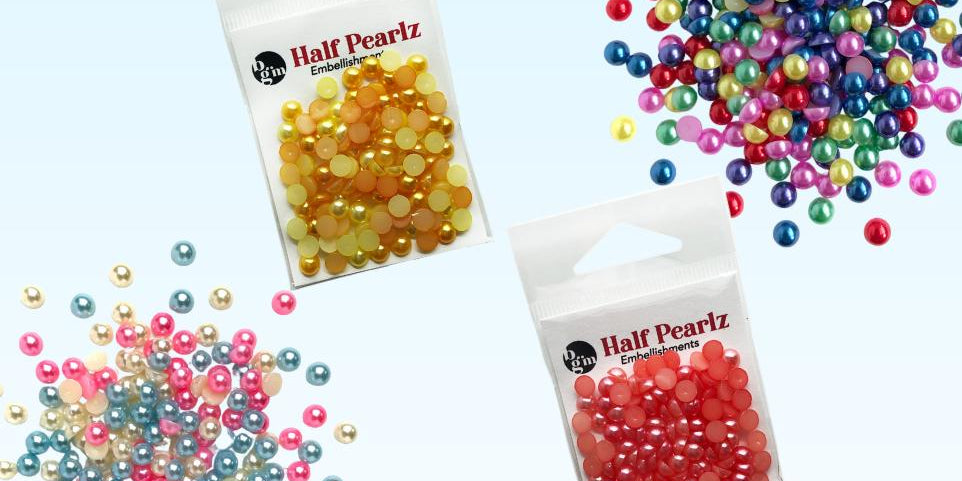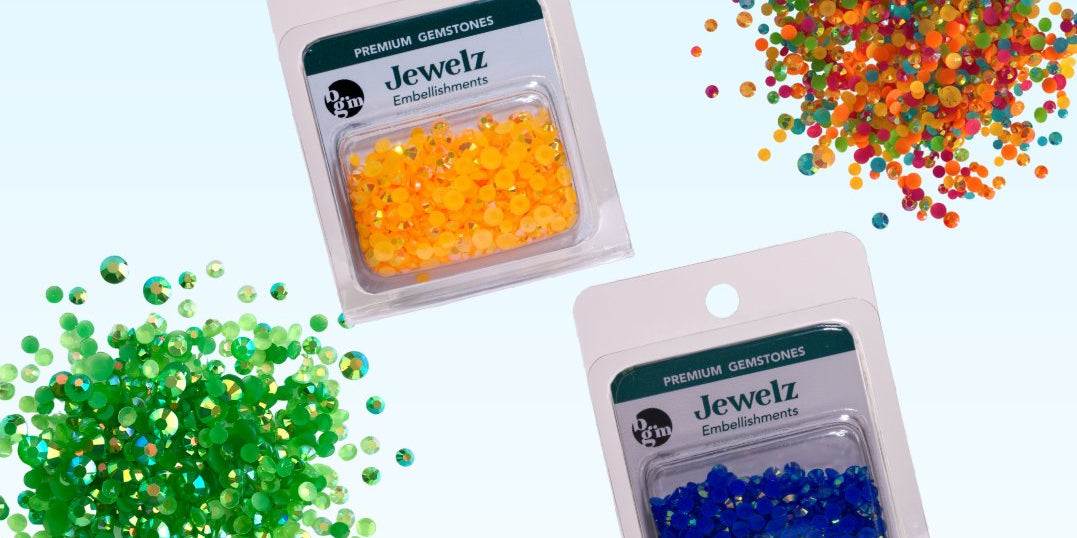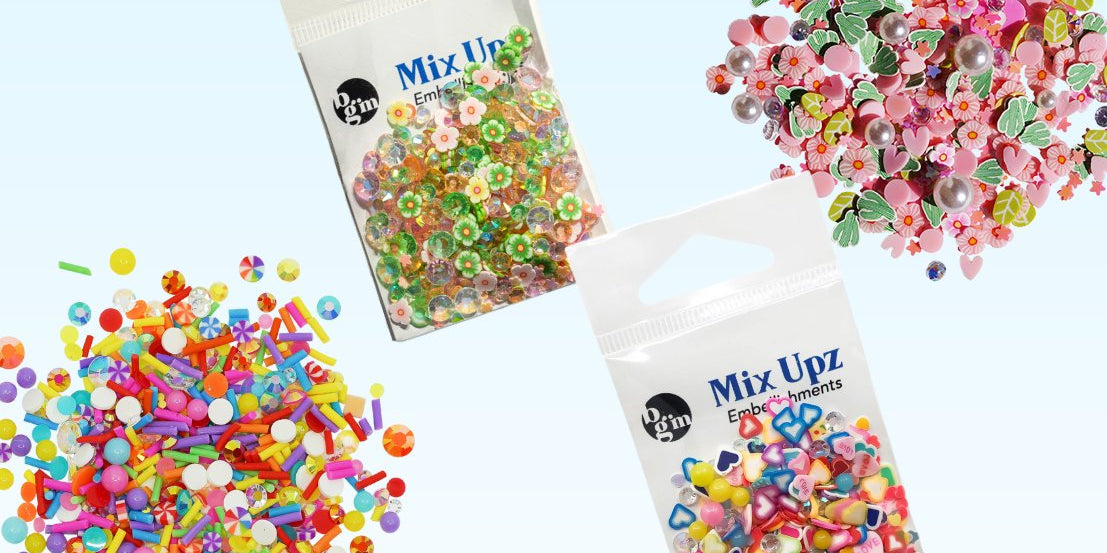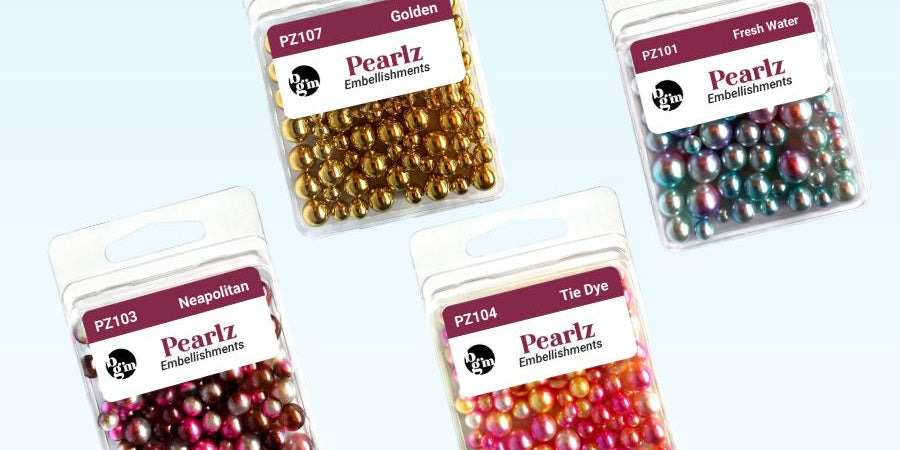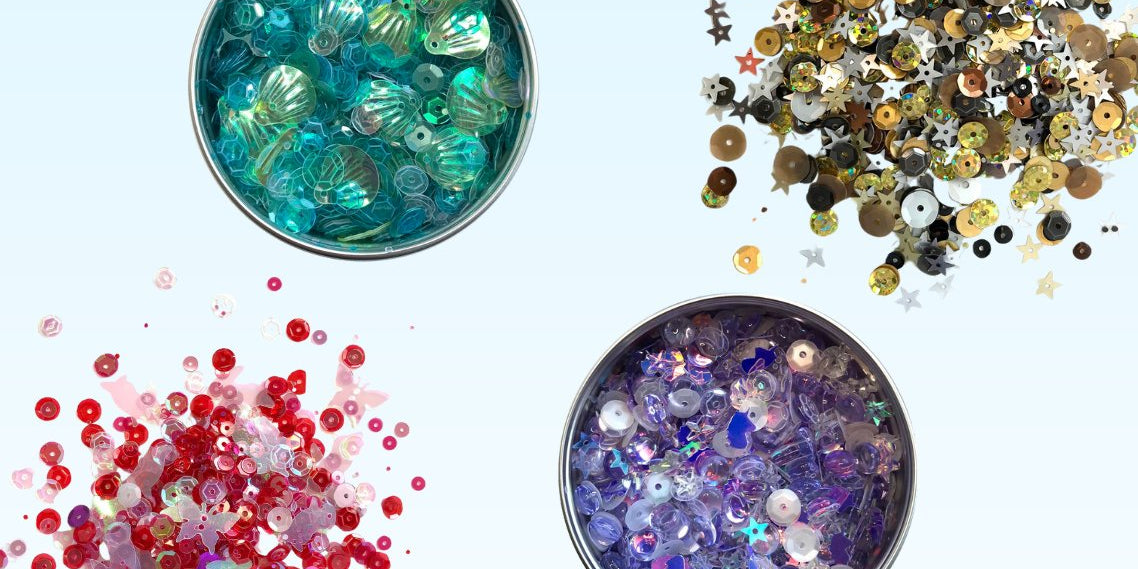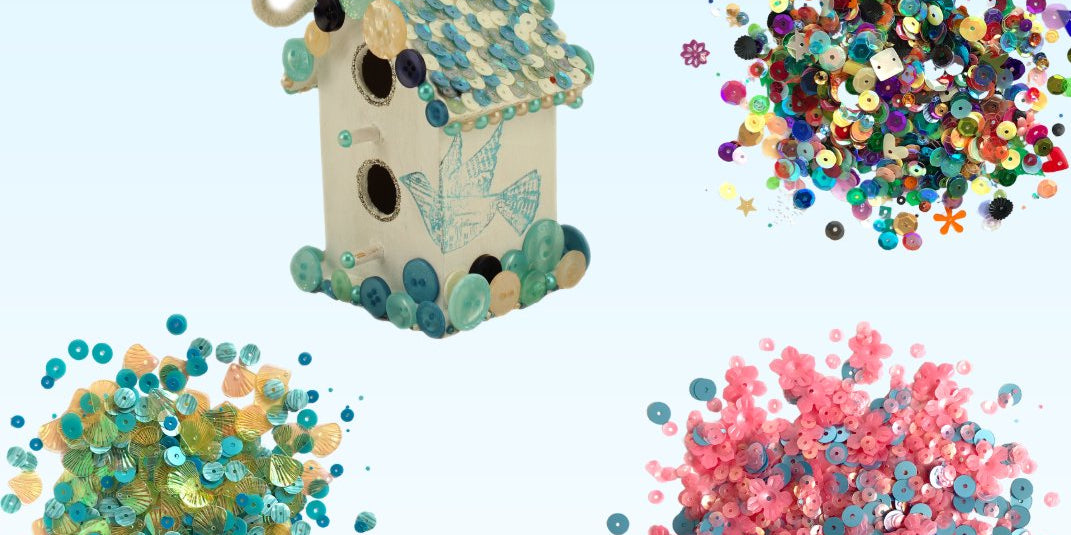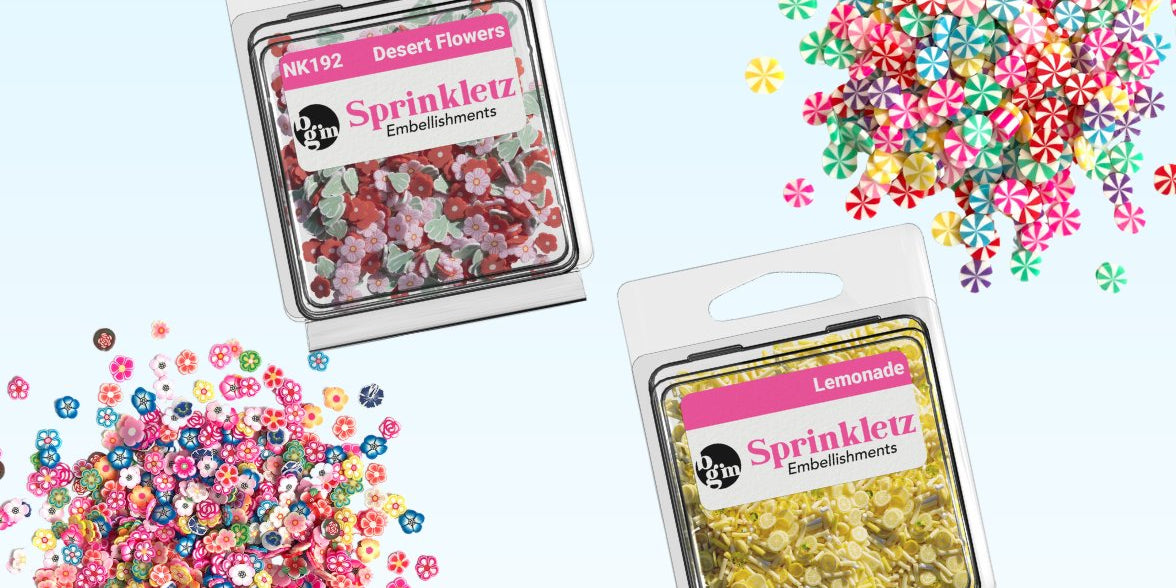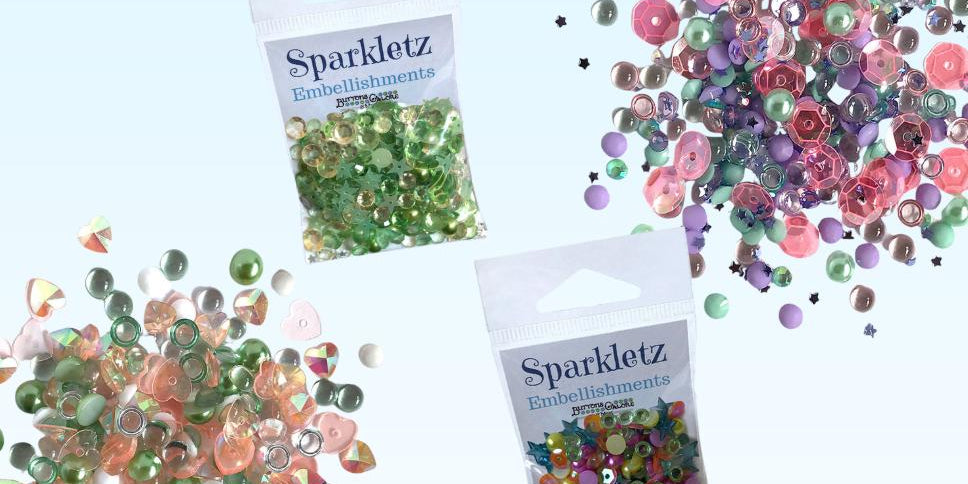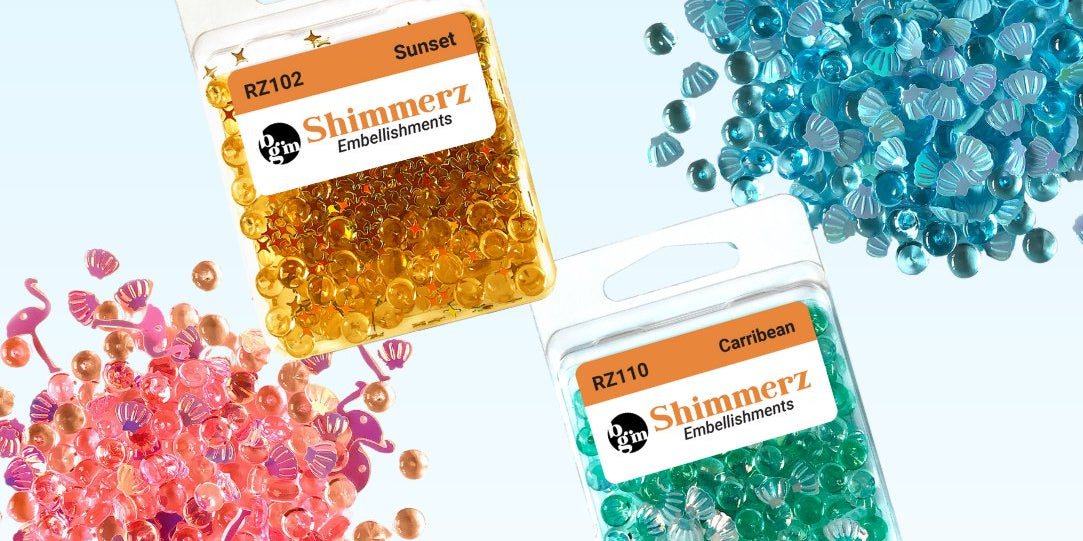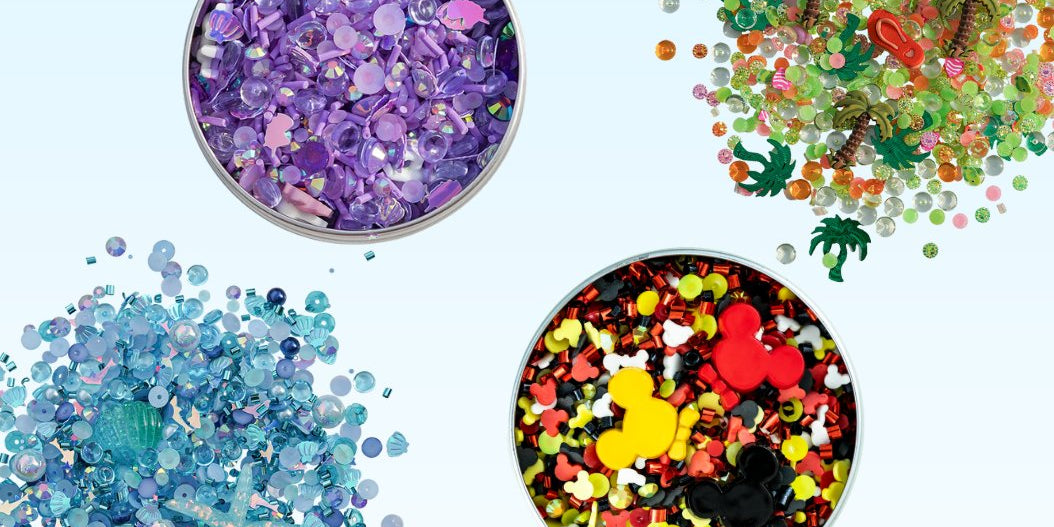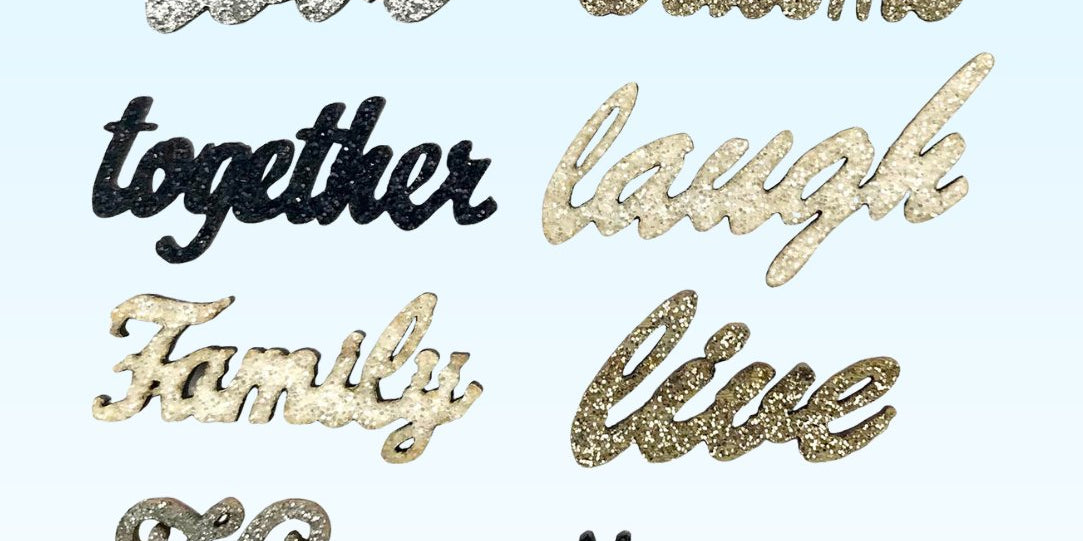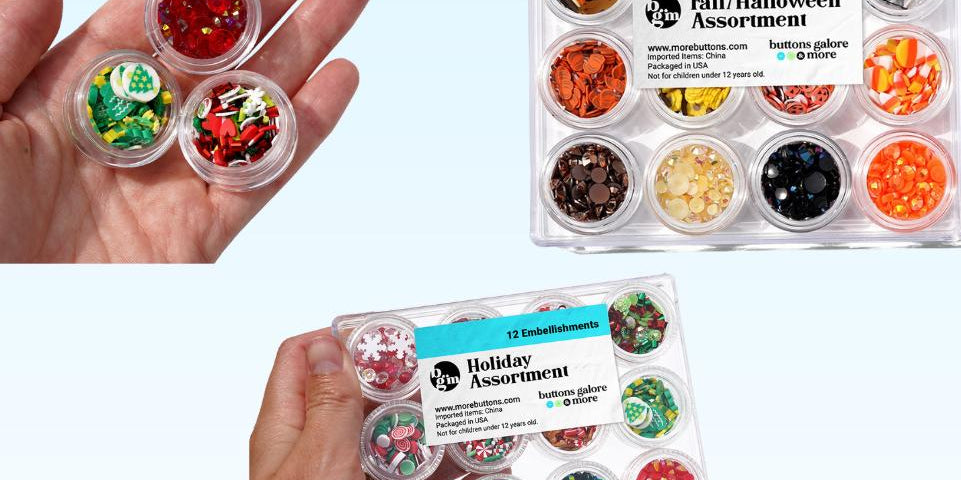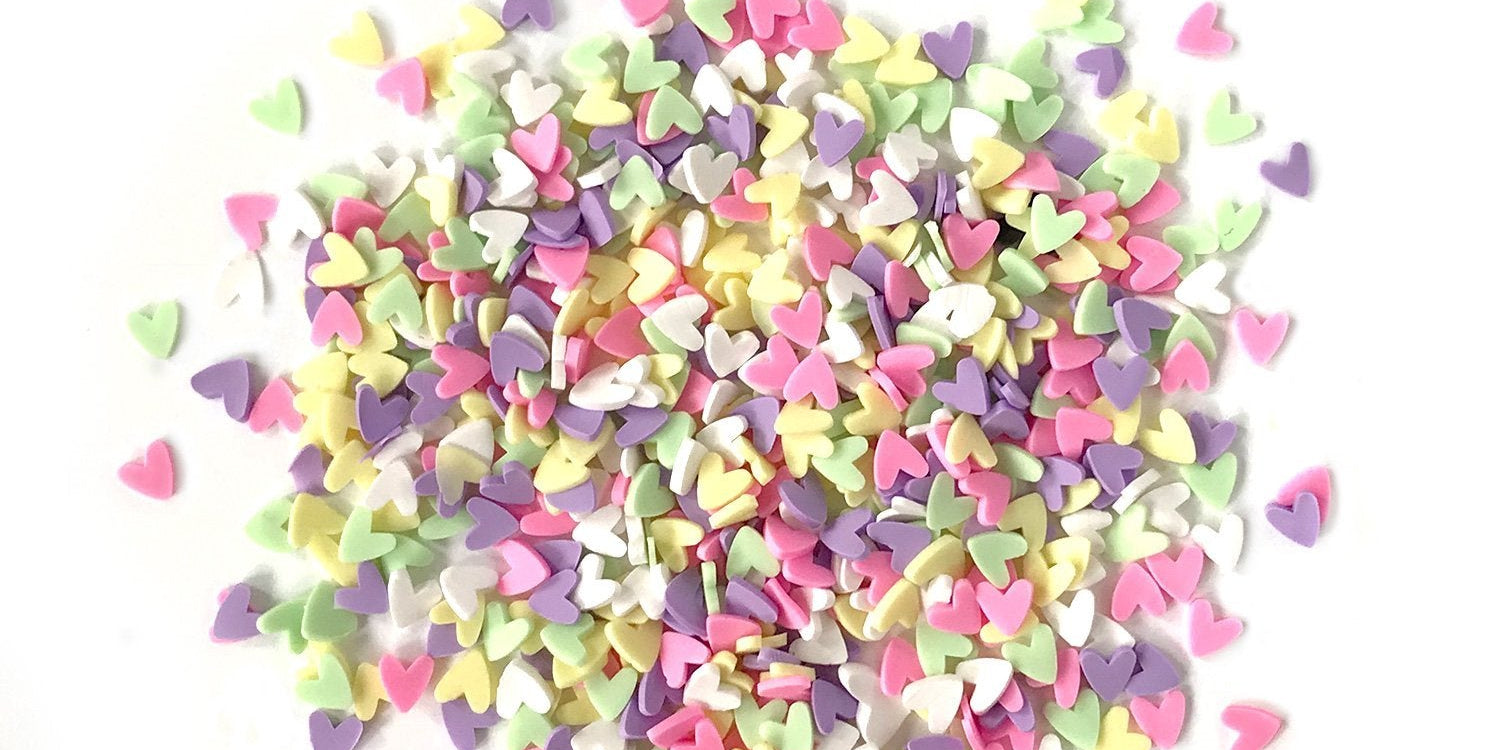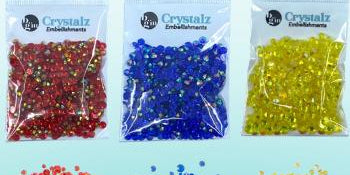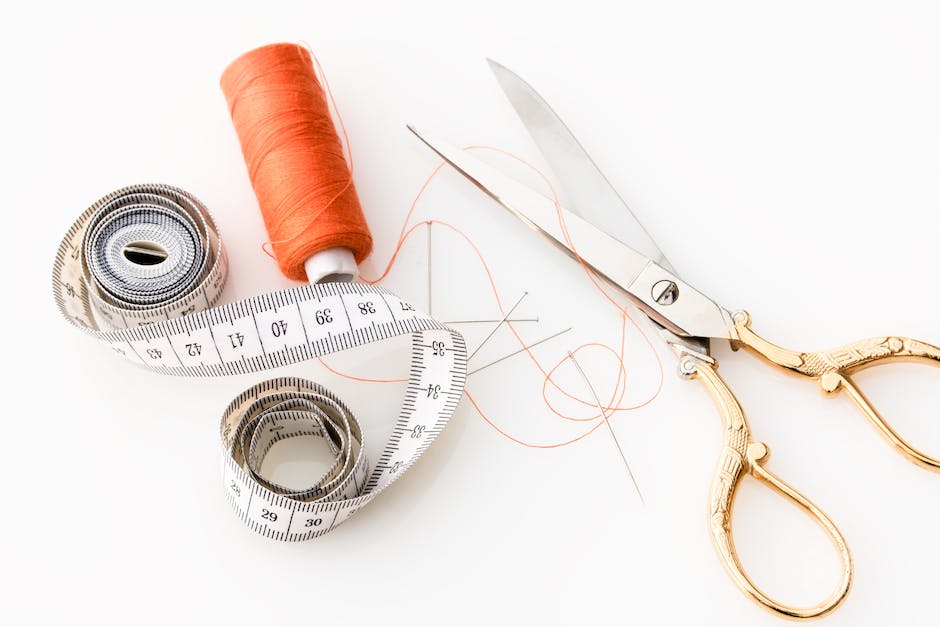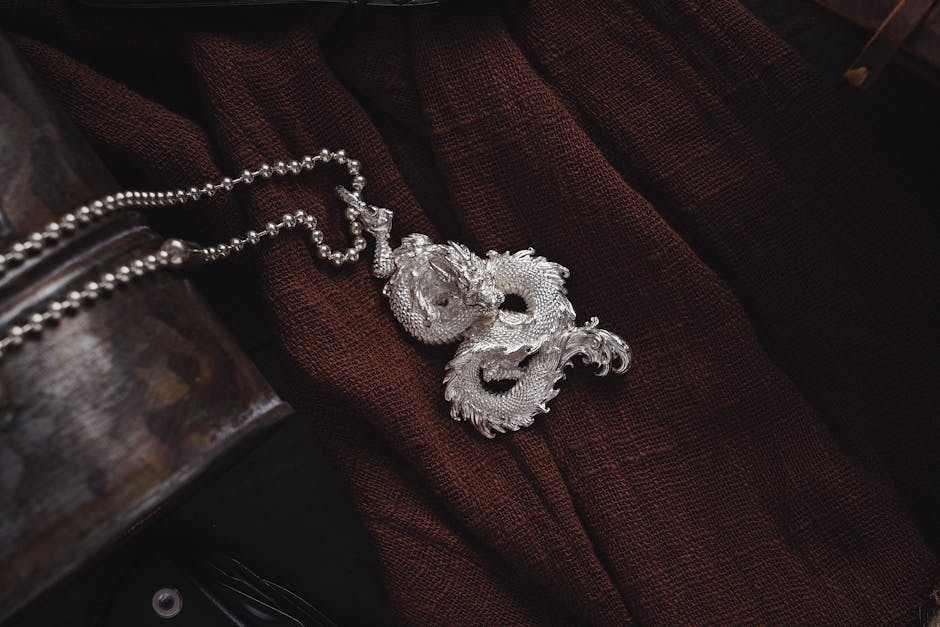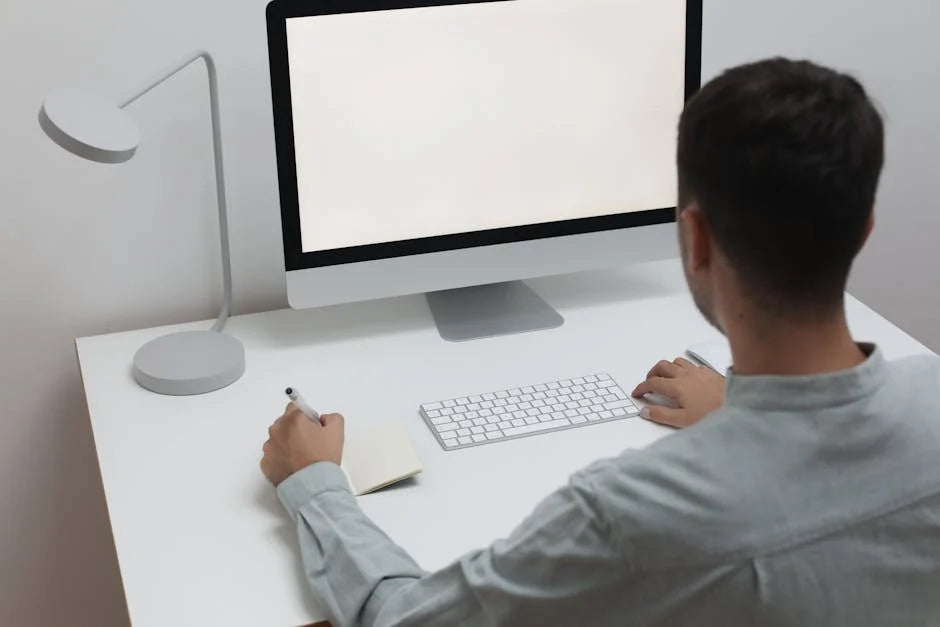Introduction to Sewing Embellishments
Sewing embellishments are like the secret sauce that turns your sewing projects from plain to wow. They are those extra bits and pieces you add to your fabric to make it unique, stylish, and sometimes more functional. Think of embellishments as the accessories of the sewing world – buttons, beads, sequins, lace, ribbons, and embroidery. Just as a great pair of earrings can elevate an outfit, the right embellishment can transform a basic garment into something special. Whether you're working on a dress, a cushion cover, or a tote bag, learning how to choose and use embellishments is a game-changer. It's not just about making things pretty (though that's a big part of it); it's also about expressing your personal style and creating something truly one-of-a-kind. So, if you're ready to give your sewing projects that extra flair, you're in the right place. Let's dive into the world of sewing embellishments.

Types of Sewing Embellishments Available
When diving into sewing projects, the right embellishments can transform a simple item into something truly special. First, it’s important to know what’s out there. Buttons are not just functional; they can also be decorative, available in a myriad of shapes, sizes, and materials. Ribbons add a touch of elegance or fun, perfect for trimming. Sequins, rhinestones and beads bring sparkle and texture, ideal for making a statement piece. Embroidery takes it a step further, allowing for personalized and intricate designs that can range from simple stitches to complex patterns. Lace adds a delicate or vintage flair, perfect for softening edges or adding layers. Patches offer a fun way to express personality or add colorful designs. These are just the tip of the iceberg. Each type of embellishment serves a unique purpose and can be mixed and matched to achieve the desired effect on your sewing project.
Factors to Consider When Choosing Embellishments
When you're picking out embellishments for your sewing projects, it's like you're the artist deciding on the perfect colors for your palette. First off, think about the purpose of your project. Is it a fancy dress that needs to sparkle, or a cozy quilt that calls for subtle textures? Your project's end use will guide you big time. Fabric type plays a massive role too. Heavier embellishments, think beads or sequins, are friends with sturdy fabrics. Delicate fabrics like silk? Go easy on them. Next up, consider the color scheme. You want your embellishments to complement, not clash. The durability of the embellishment is no small talk either. If you're making something that'll be washed often, make sure your chosen embellishments can stand the test of machine washing. Lastly, ponder over the technique required to attach your embellishments. Do you have the skills or tools needed? If not, are you willing to learn or invest in them? Remember, choosing the right embellishments is not just about what catches your eye; it's about making sure they'll blend seamlessly into your creation and stand up to its intended use.
Color Coordination with Sewing Embellishments
Getting your colors right is key when you're adding embellishments to your sewing projects. It's what makes your creation pop or blend in, depending on what you're going for. Think of color coordination as the magic that ties everything together. You don't need to be a color expert but keeping a few tips in mind can make a world of difference.
First up, understand the color wheel. Colors opposite each other complement well. So, if you're working with a blue fabric, orange embellishments could really stand out. For a more subtle look, choose colors next to each other on the wheel. A green fabric with yellow or blue embellishments can look pretty neat.
Also, don't forget about the mood. Colors evoke feelings. Bright colors bring energy, while pastel colors are calming. Think about what vibe you want your project to have. A baby blanket might call for gentle hues, whereas a party dress screams for bold, vibrant embellishments.
Texture plays a role too. Shiny, sparkly additions catch more light and attention, perfect for standing out. Matte embellishments can add depth without overwhelming the main color.
Lastly, when in doubt, black, white, or metallics. These are your safety nets. They pretty much go with any color, offering a foolproof way to add flair without clashing.
To sum it up, play around, mix and match, but always keep an eye on the color wheel. It's your best friend in the world of sewing embellishments.
Matching Embellishments to Fabric Types
When adding embellishments to your sewing projects, matching them to the fabric type is key. Think of it this way: you wouldn't wear heavy boots with a delicate silk dress, right? Same rule applies here. If you're working with lightweight fabrics like chiffon or silk, go for lighter embellishments like beads or thin lace. These add elegance without weighing the fabric down. On the other hand, heavier materials like denim or wool can handle bold additions. Think chunky buttons, thick patches, or even metal accents. Remember, the weight and texture of the embellishment should complement, not compete with, your fabric. This balance brings out the best in both your sewing skills and the materials you've chosen.
The Role of Texture in Embellishment Choice
Texture plays a key role when you pick embellishments for your sewing projects. Think about it—textures add depth and personality to your creations. Whether you choose silky ribbons, rough patches, or soft lace, each type brings its distinct vibe. Picture a plain denim jacket. Now, add some smooth, shiny buttons or some rugged, metal studs. Feels different, right? That's texture at work. It's all about how your project feels both visually and to the touch. So, when you're deciding on embellishments, don't just think about the color or shape. Ask yourself, "How will this texture change the feel of my project?" It's not just about looking good; it's about creating a sensory experience. Keep texture in mind, and you'll add layers of interest to your sewing projects that make them stand out.
Techniques for Applying Sewing Embellishments
When it comes to adding flair to your sewing projects, the right technique makes all the difference. It's not just about choosing pretty embellishments; it's about how you apply them. Here’s the scoop on a few popular methods. Hand sewing is your go-to for precision. It’s perfect for adding buttons, beads, sequins, or delicate lace. You have total control, making sure each piece is exactly where you want it. Machine stitching is your friend for speed and strength. Use it for attaching ribbons, braids, or patches that need to withstand wear and tear. Then there's gluing, ideal for rhinestones, some buttons and sequins. Just make sure to pick the right glue for your fabric and embellishment type to avoid a mess. Iron-on appliques are a lifesaver for those who want a no-sew option. Place, press with an iron, and you're done. Remember, the key to a professional finish is choosing the right technique for your project and embellishment type. With a bit of practice, you'll be adding pizzazz to your creations like a pro.
Maintaining the Durability of Your Embellishments
To keep your sewing embellishments looking great for years, don't toss items in the washing machine willy-nilly. Hand wash or use the delicate cycle with cold water, and definitely keep those harsh chemicals away - they're no friends to beads, sequins, or lace. Air dry whenever possible, because high heat from the dryer can warp or melt some decorations. When ironing, a pressing cloth is your best ally; it protects the embellishments from direct heat. For items that snag easily, like embroidered patchworks, flip them inside out before washing or storing. Regular checks for loose threads or beads will save you headaches later. Simple, right? Treat them nice, they'll keep your outfits sparkling long term.
Creative Ideas and Inspiration for Using Embellishments
Adding embellishments to your sewing projects is like putting the cherry on top of a sundae; it’s what turns good into great. But, where to start? Let’s dive in. First off, think about buttons. Not just any buttons, though. Vintage buttons add a unique charm, especially when mixed and matched on a simple cardigan or blouse. Then, there’s lace. Adding lace trims to the hems of skirts or cuffs brings a soft, romantic vibe. Get creative with patches. They’re not just for fixing holes; they can jazz up a denim jacket or backpack. And let’s not forget about rhinestones, beads and sequins. Sewing or gluing them along the neckline of a dress can turn it from a casual piece into something you'd wear to a fancy dinner. The key is to not overdo it. Start with one type of embellishment and see how it transforms your piece. Consider the overall style you're aiming for and select embellishments that complement it. Remember, the goal is to make your project stand out and reflect your personal style. So, experiment, have fun, and watch your sewing projects come to life with the perfect finishing touches.
Conclusion and Final Tips for Choosing the Right Sewing Embellishments
Choosing the right sewing embellishments is all about understanding your project's needs and your style. Remember, less is sometimes more. It's easy to get carried away, but a well-placed button or a subtle piece of lace can make a bigger impact than a lot of flashier add-ons. Always consider the function of your garment. If it's something you'll wash a lot, go for durable embellishments like metal buttons or stitched patches. For special occasions, you might lean toward delicate beads or sequins. Keep in mind the weight of your embellishments. Heavy ones can change how a garment feels or falls. Lastly, always, I mean always, test your embellishment on a scrap fabric first. You'll thank yourself later. Happy sewing, and remember, it's your project. Make it unique, make it yours.
